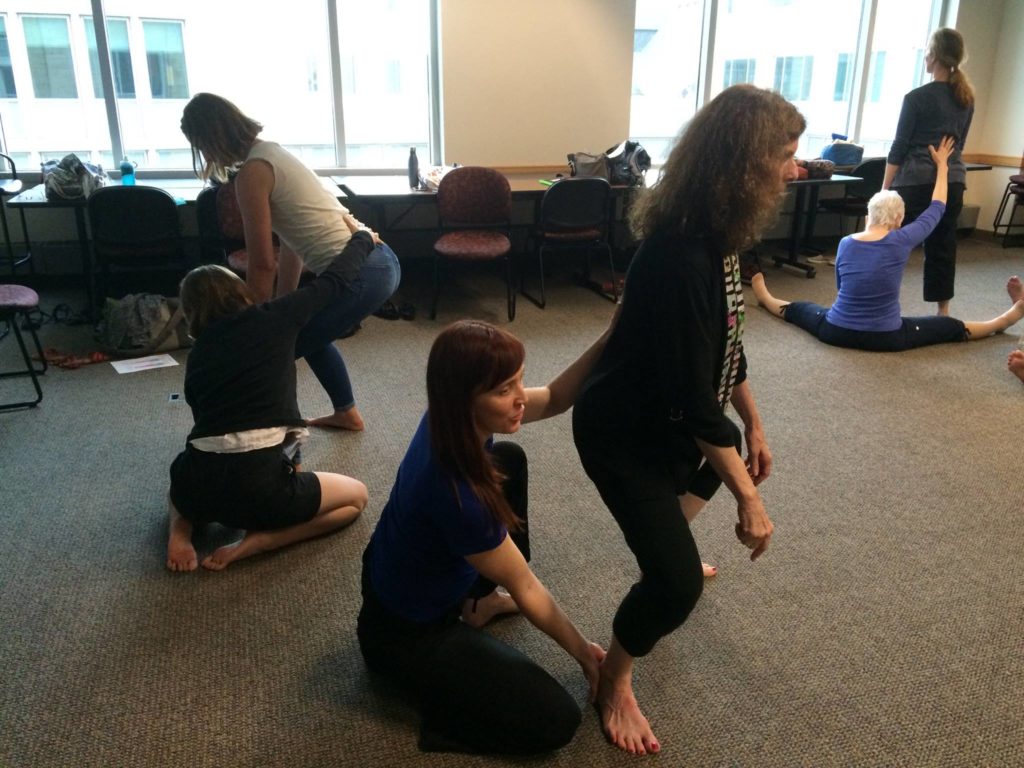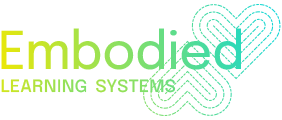
Numerous studies show that the Alexander Technique significantly reduces pain. We are finally beginning to understand why – and that’s so important when you are in pain. Understanding how a process works motivates you to stick with it long enough to experience the best results.
Let me tell you a quick, funny back pain story. I met an old friend on the street one day. We exchanged greetings and news – I had just finished my Alexander Teacher Training. He said “Oh! I studied that! I had a series of lessons with this lady Debbie Caplan. She was such a great person but I really didn’t understand it, so I didn’t continue.”
I knew Debbie well. She wrote a book about back pain in the 1980s that is still one of the most practical books on the subject, and was one of my teachers in my training. So I asked, well – why did you go to her for lessons?
“Oh I had the most dreadful back pain. I hadn’t been able to walk for almost two weeks. I think I had about 5 lessons with her.”
Wow, OK. So…what happened to your back pain?
“O yeah. Well, actually, it went away and it’s never returned, so I lost touch with her.”
So weren’t you curious about why your back pain went away, and why it never came back?
“No, I was just so happy I forgot about it completely.”
I get it. Chronic pain is horrible and scary, and we just want to get rid of it. It’s so wonderful when that actually happens. But what do you do when it doesn’t? Pain relief is not always so direct for some of my students. Other issues like anxiety, breathing, and balance may resolve, but pain levels stay the same or reduce only partially. So why do they keep coming for lessons?
Those students who stick with the process learn to react to the pain differently. They learn to not tense themselves up all over, something we do instinctively to avoid pain. Their overall life improves as they start to feel in more control. That improvement then supports further wellness…and after awhile the pain resolves or lessens significantly. That takes time, but it’s time spent healing, improving mobility, and building self-empowerment skills instead of taking pain killers, feeling scared about the future, and going to doctor appointments!
It’s a long haul sometimes, and understanding why it works can help you stick with the work when the going gets tough. That’s why I want to share with you a new theoretical framework for why the Alexander Technique works that is slowly being built by a group of scientists. (You can read the original, more technical version of their paper in Kinesiology Review.)
To summarize their main points:
1) The Alexander Technique makes postural tone more adaptable and less rigid:
Practicing the AT redistributes postural tone from the bigger, superficial muscles of the body (like your trapezius) to the deeper muscles closer to the bones that facilitate postural integrity in relationship to the pull of earth’s gravity. When this deeper postural tone kicks in, you get sensations of spreading, expansion, lightness and ease. Your body is not relaxed, it’s working, but it’s working efficiently so if feels better.
2) The Alexander Technique improves accuracy, completeness, and detail of your body schema (the unconscious internal representation of your own body):
Studies have shown that chronic pain literally makes the body part affected feel smaller and courser (less detailed). This fuzzing of the body schema may be responsible for restricting blood flow to tissues and nerves, as well as causing contraction of tissue that literally squeezes the nerves creating a more intractable pain cycle.
3) A more accurate body schema also apparently creates more effective movement strategies, which contribute to overall health, wellbeing, and pleasure.
Movement in general can improve body schema, but my Mobile Body Alignment work™ is designed specifically to expand, explore, and stretch it. When you come to an MBA class you will first experience a more voluminous hand, or foot, or hip, before beginning to move. This gives you a larger impression of forgotten body parts and of your whole moving body in space. This in turn increases blood and oxygen that brings healing to a hurt part. It’s way more fun than pain killers!
I hope this gives you a more specific idea about what I mean by pain relief through mindful movement. We are still just at the beginning of understanding. There is so much more to discover, and that is the experimental spirit that fuels all my coaching and classes.
